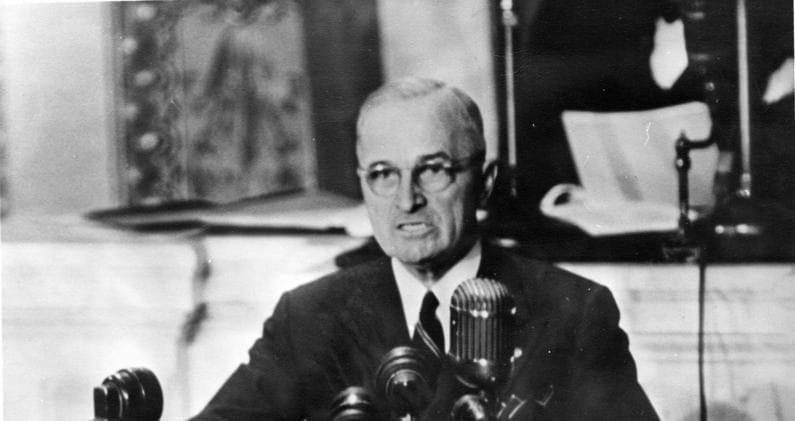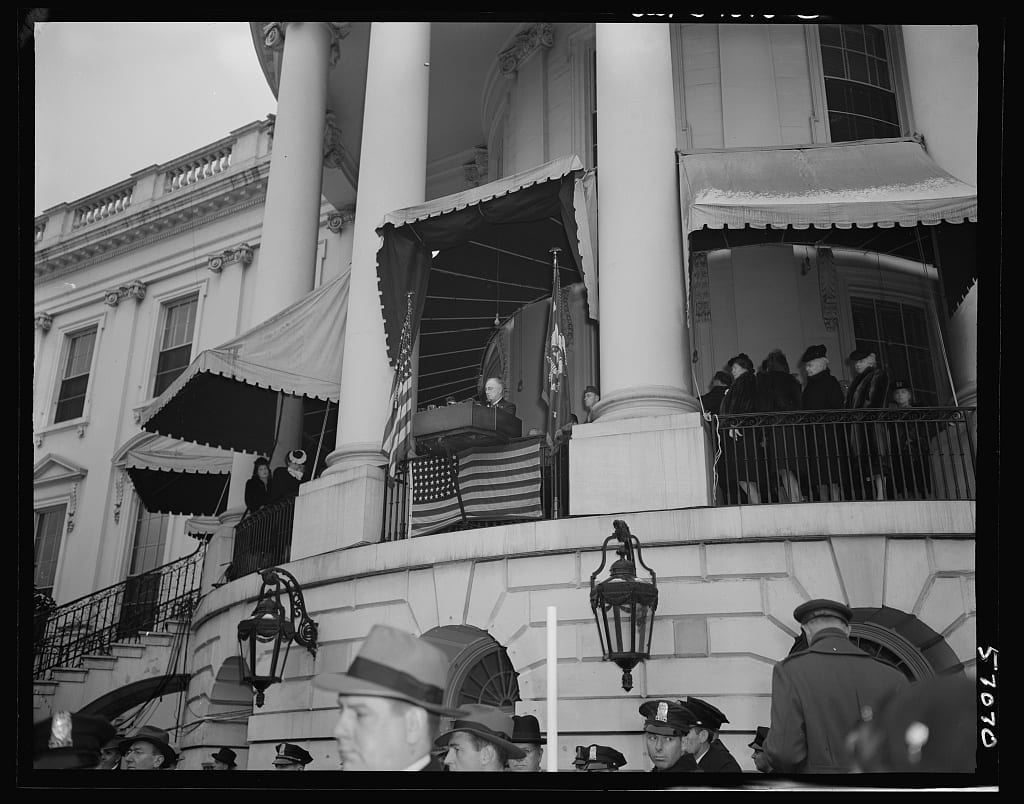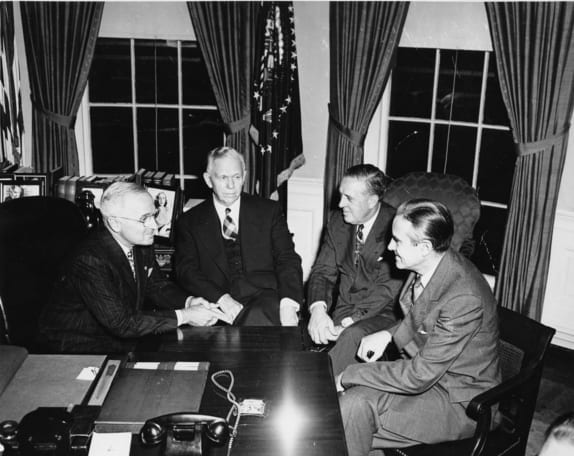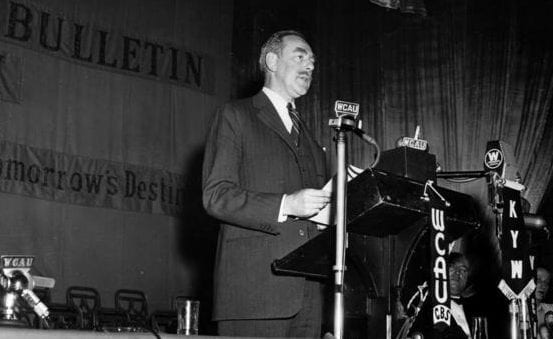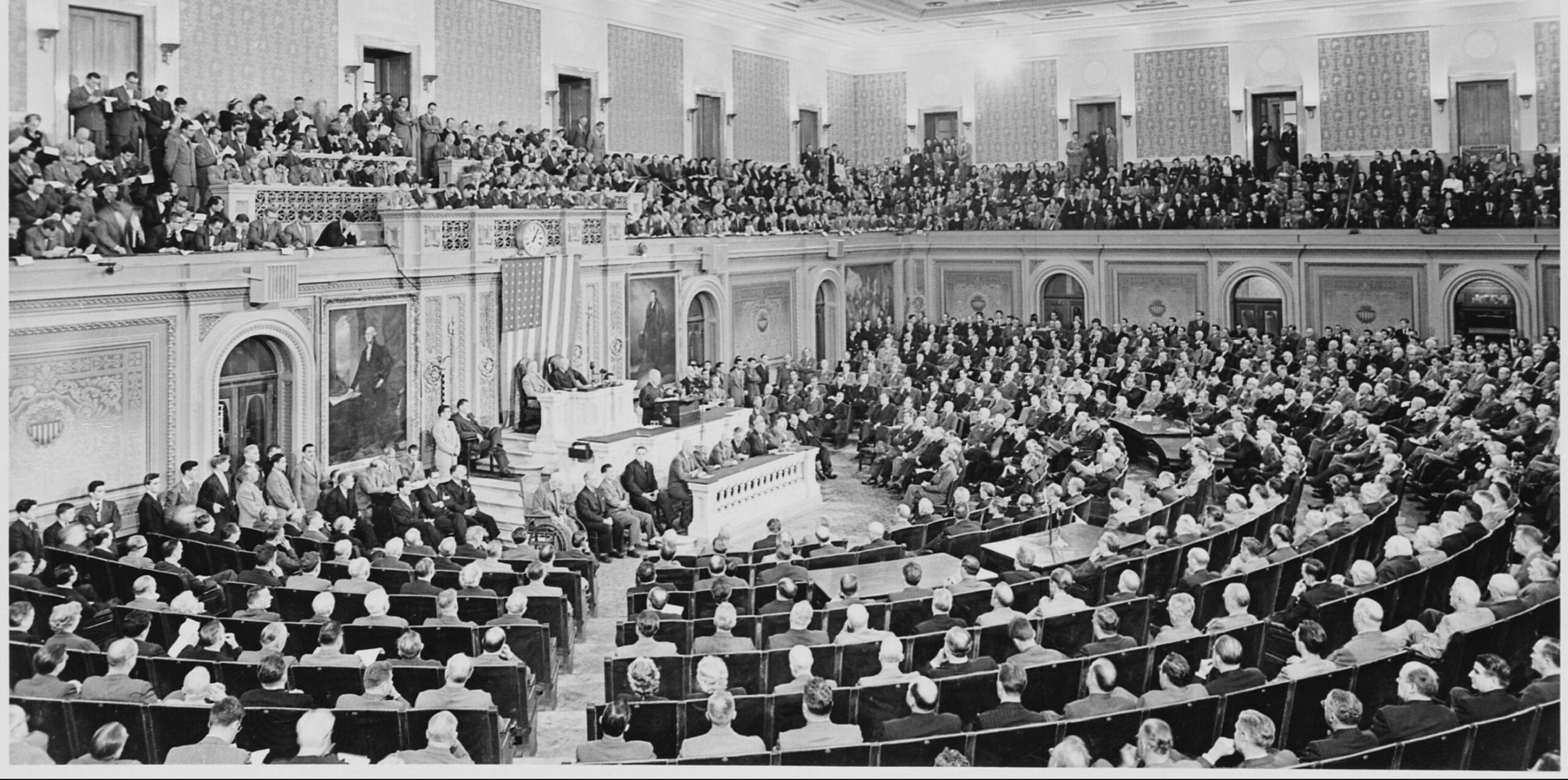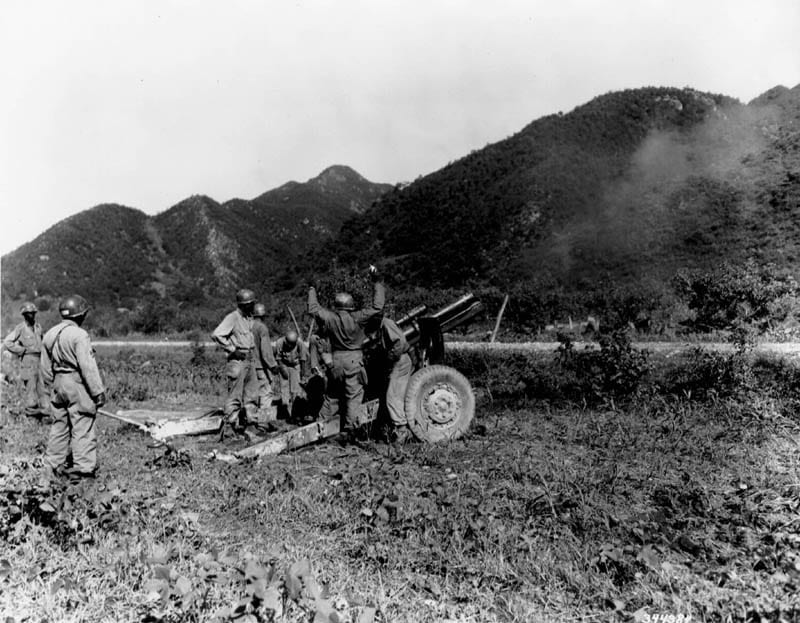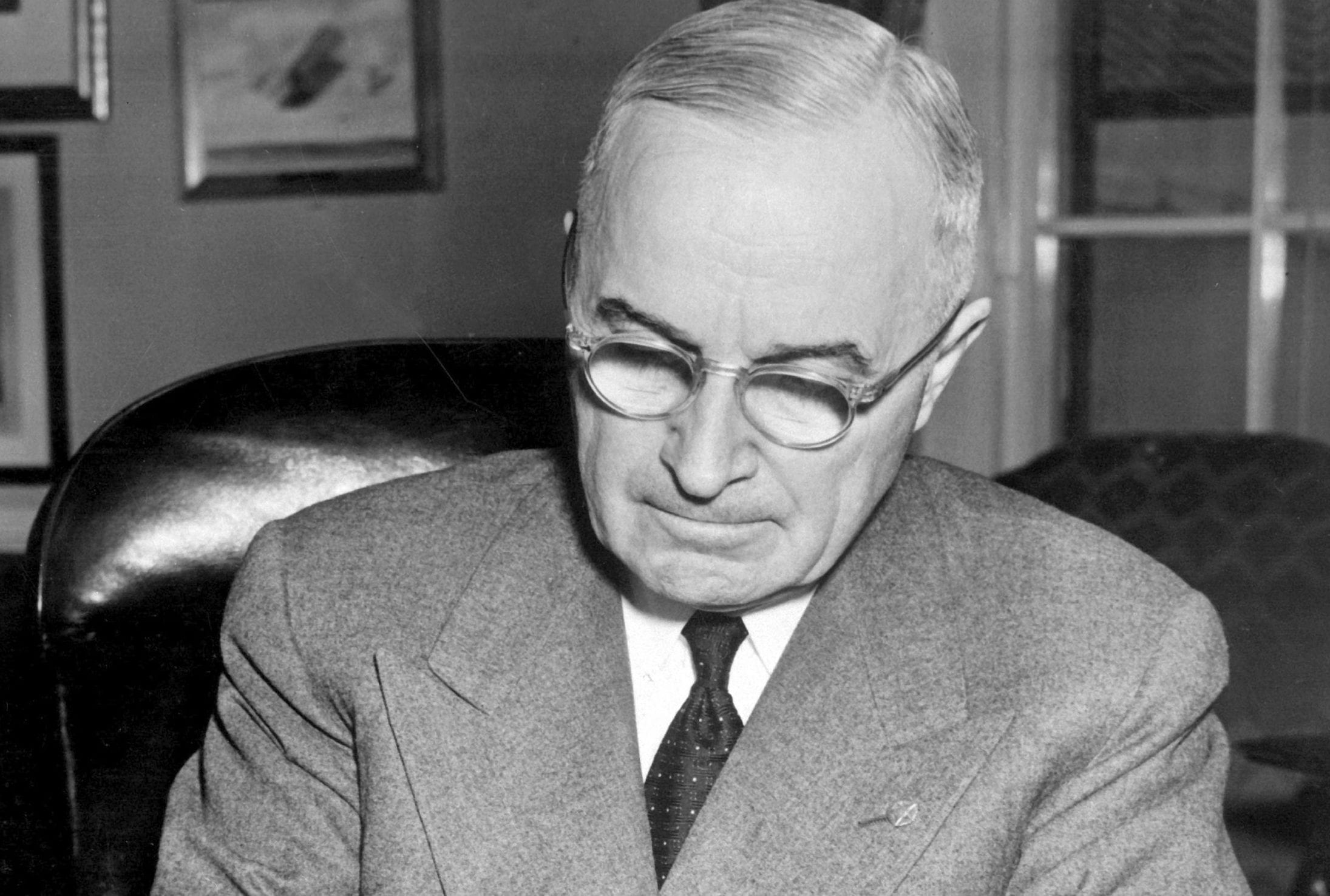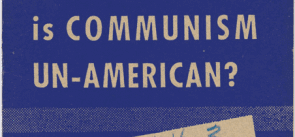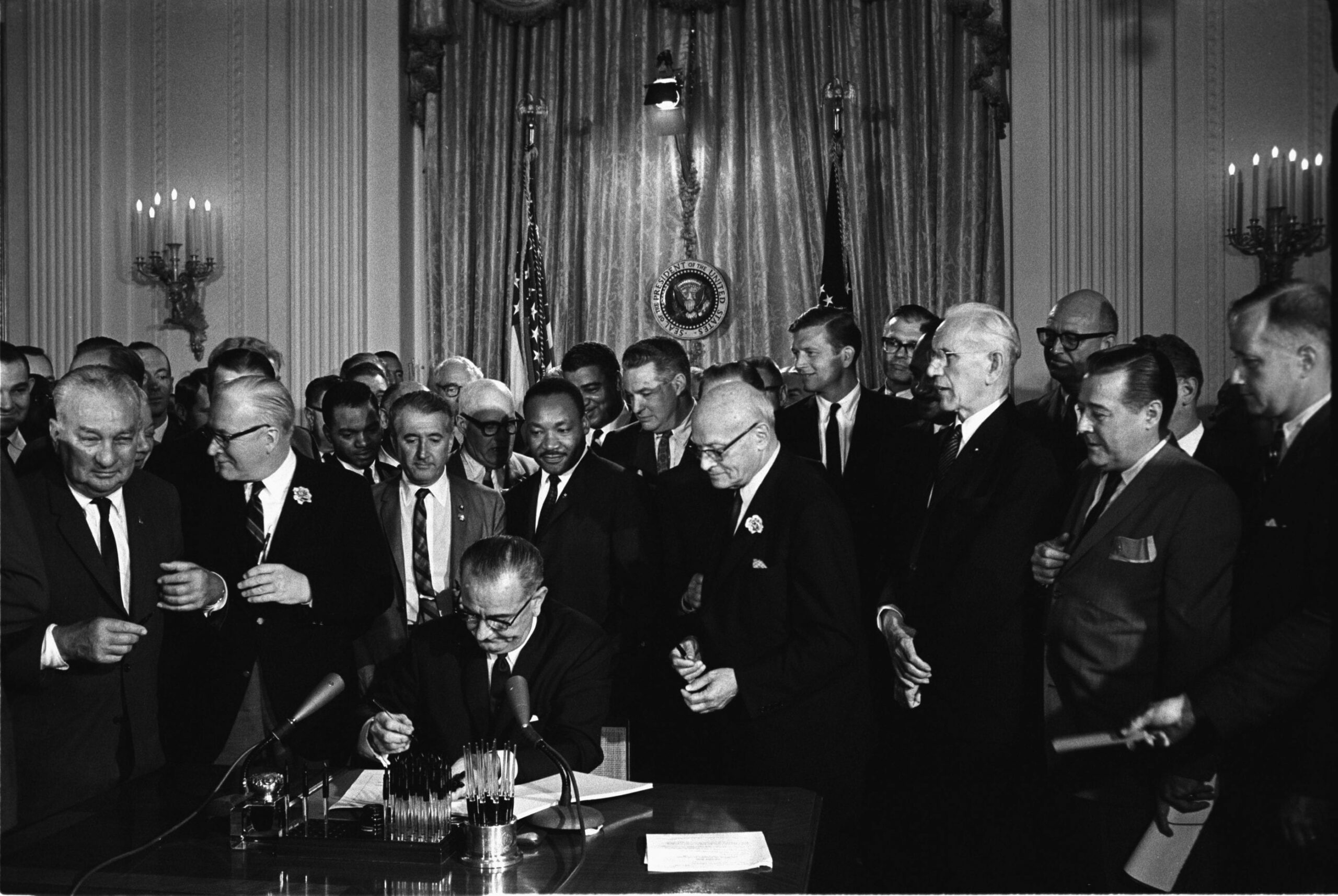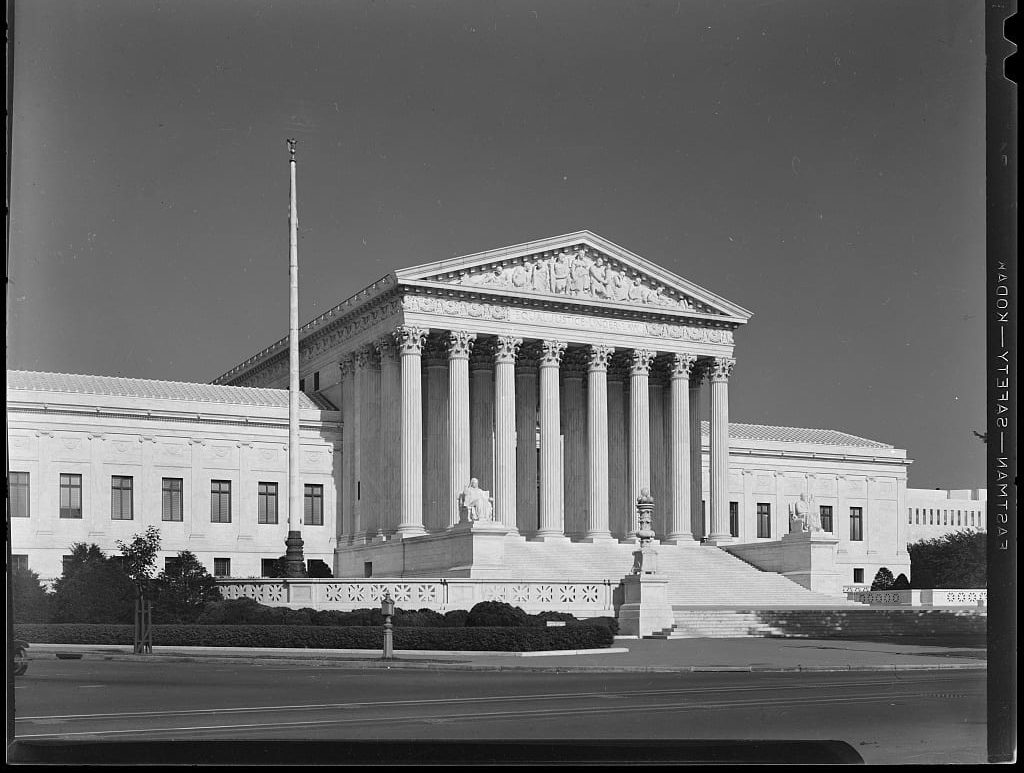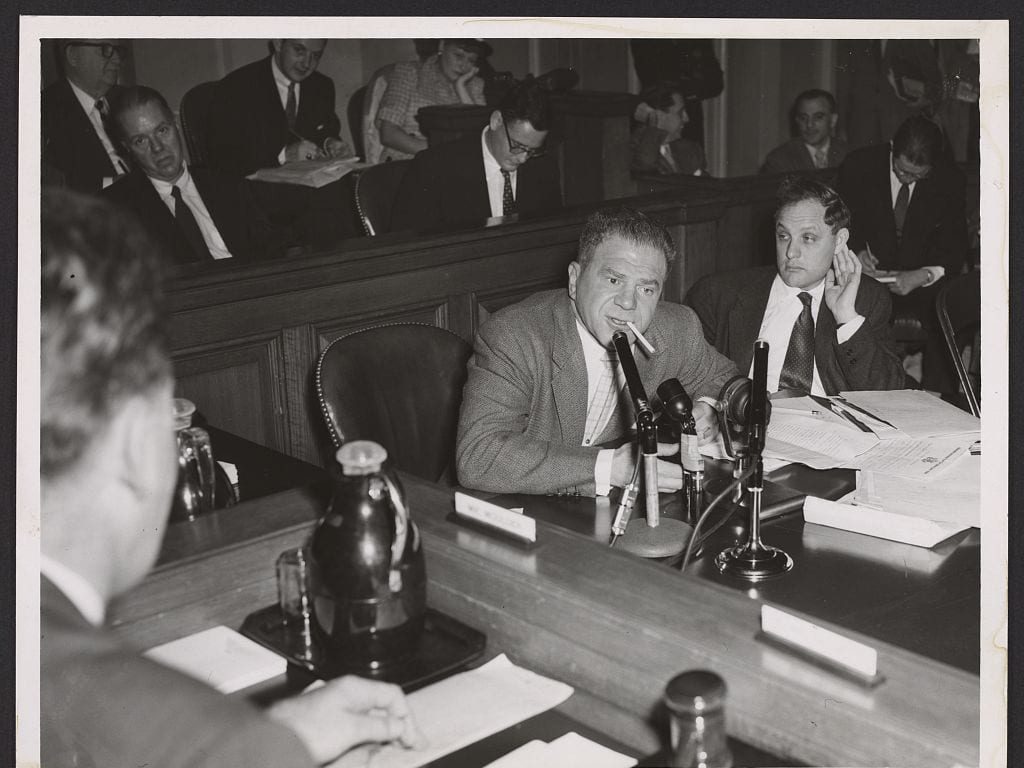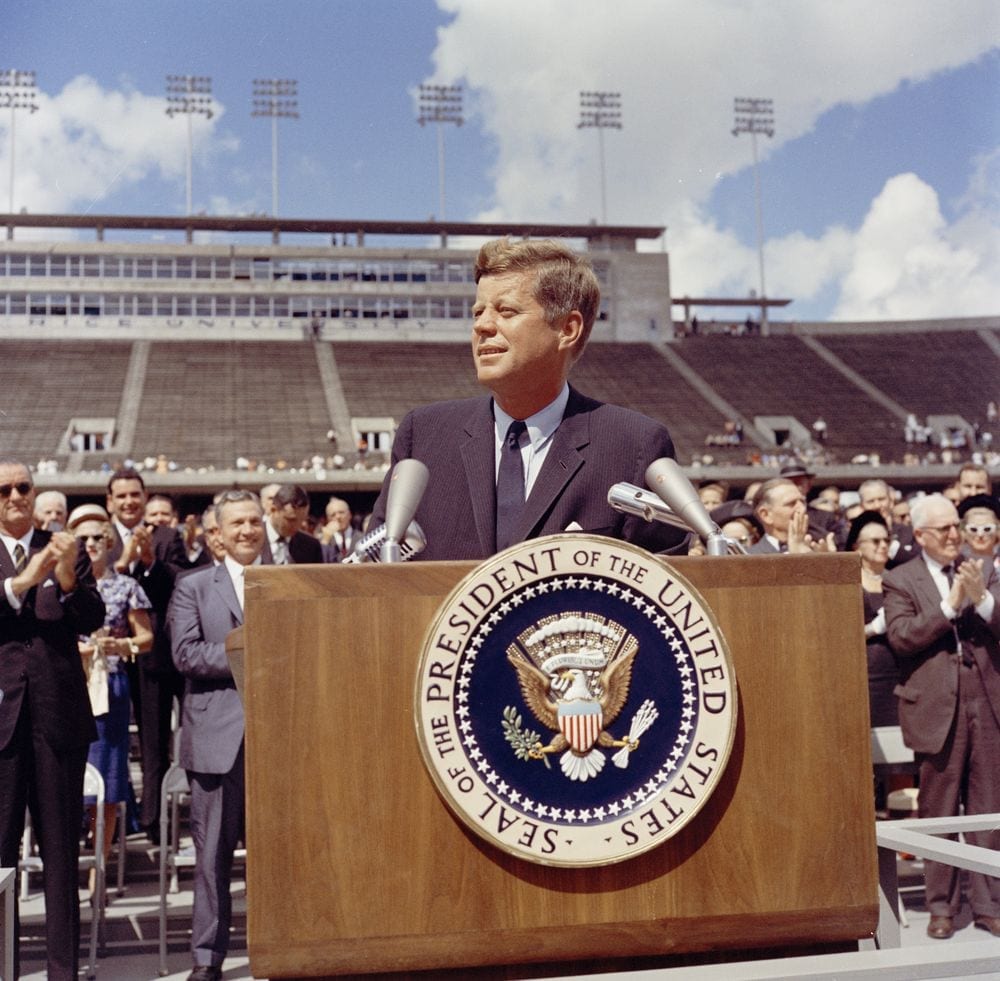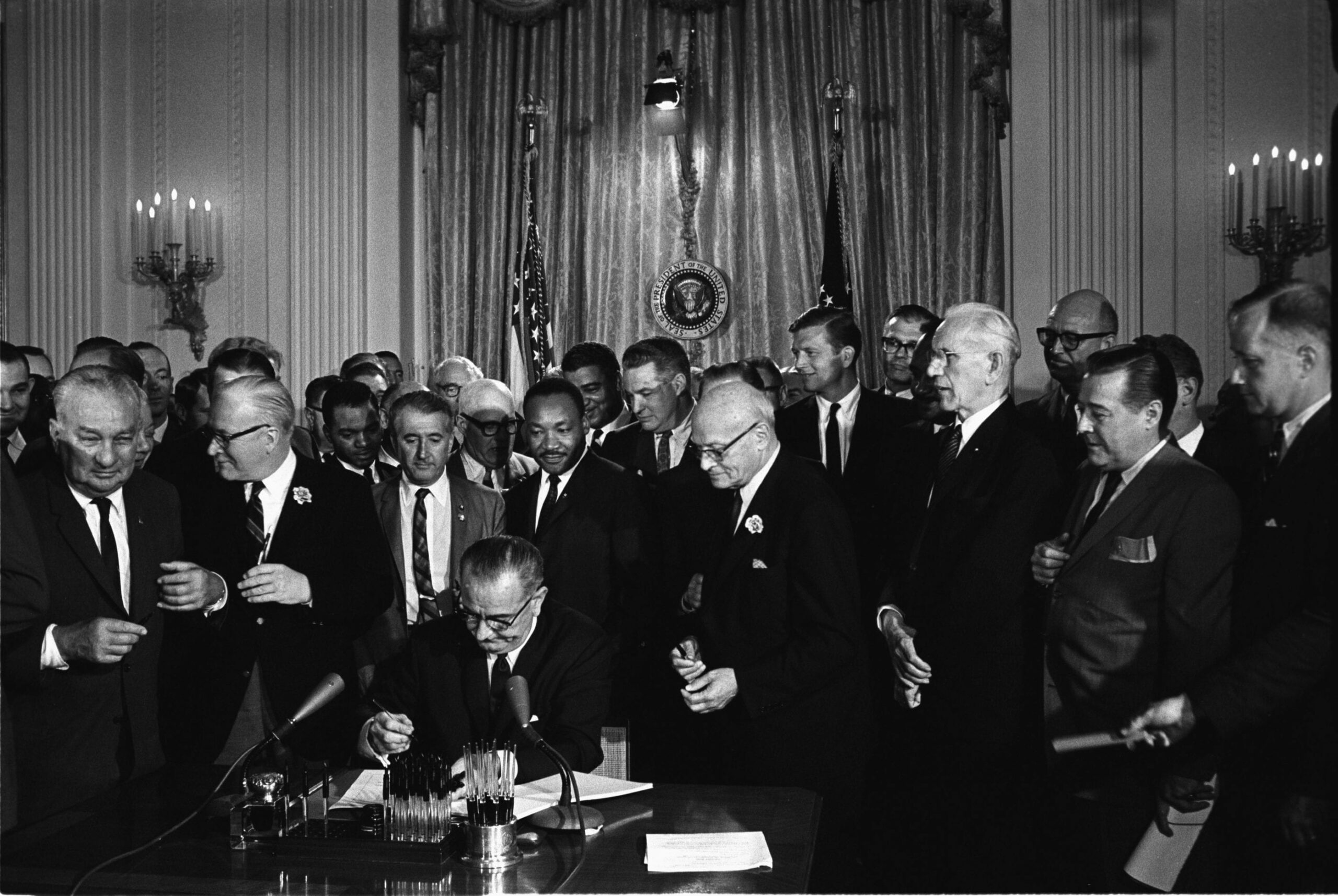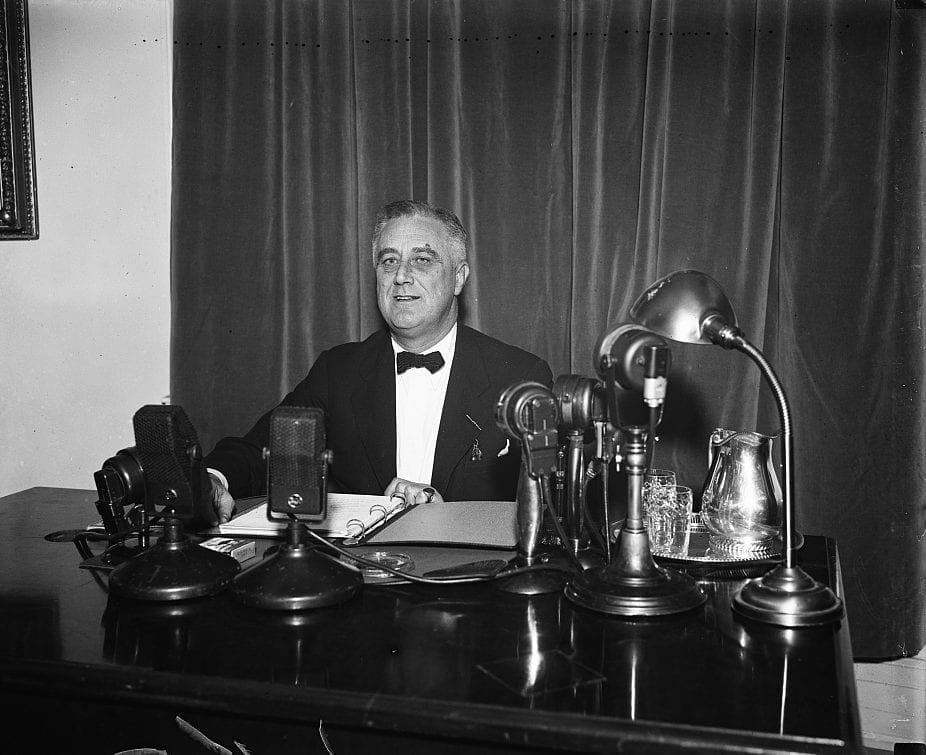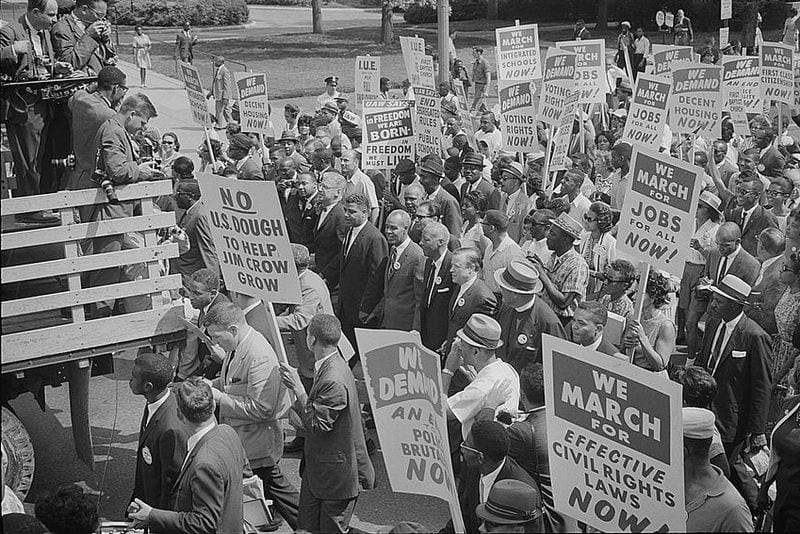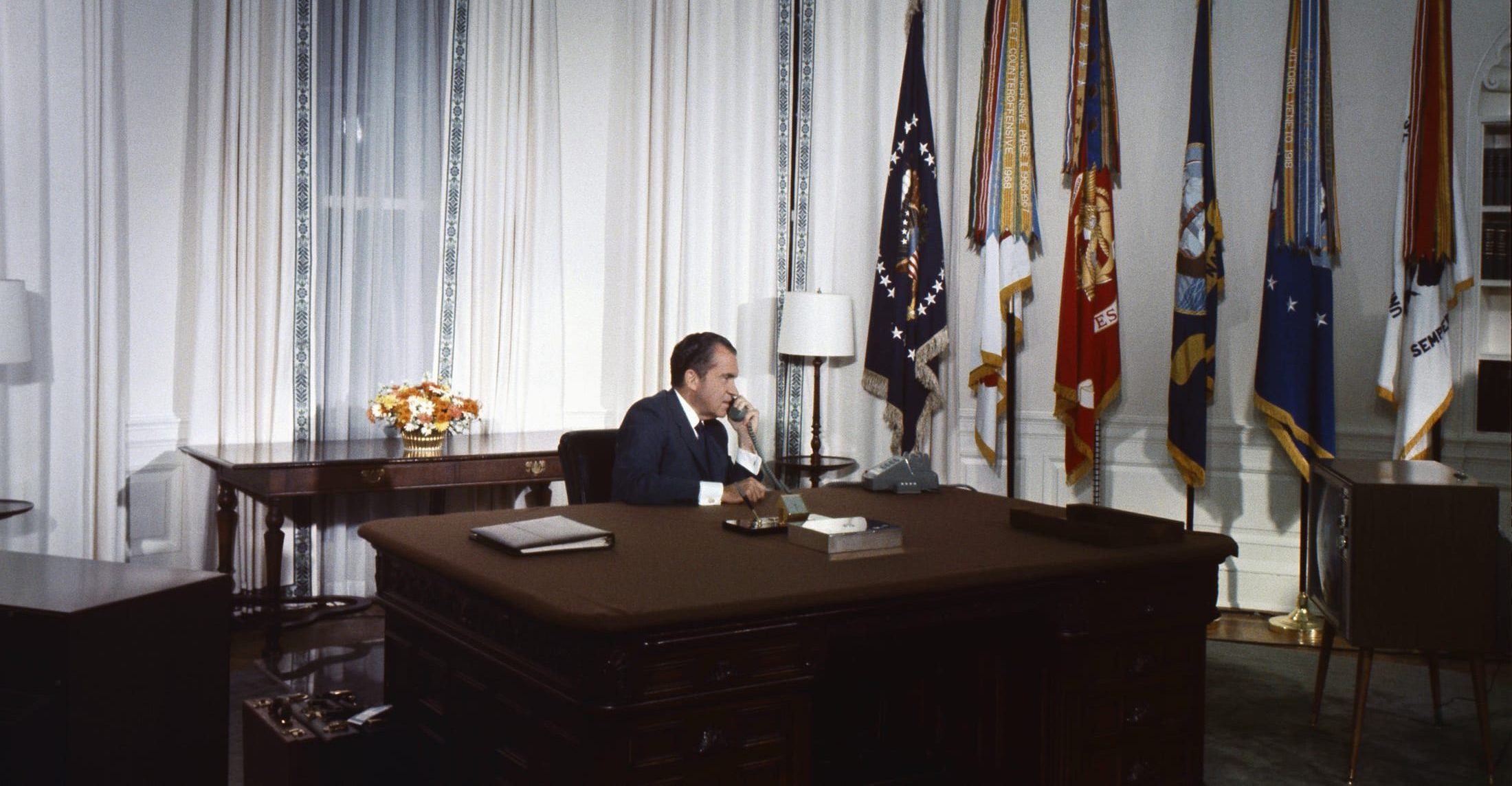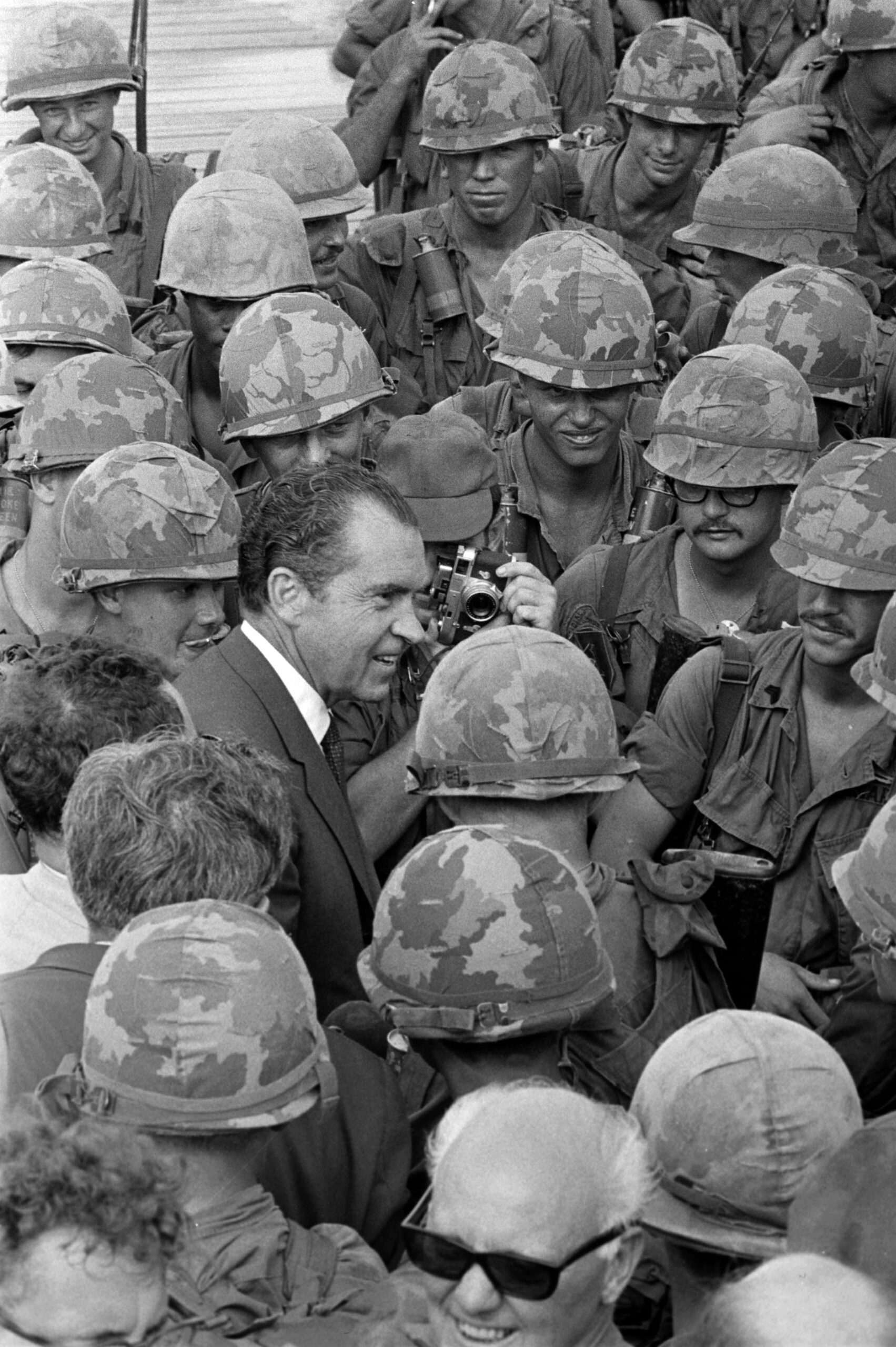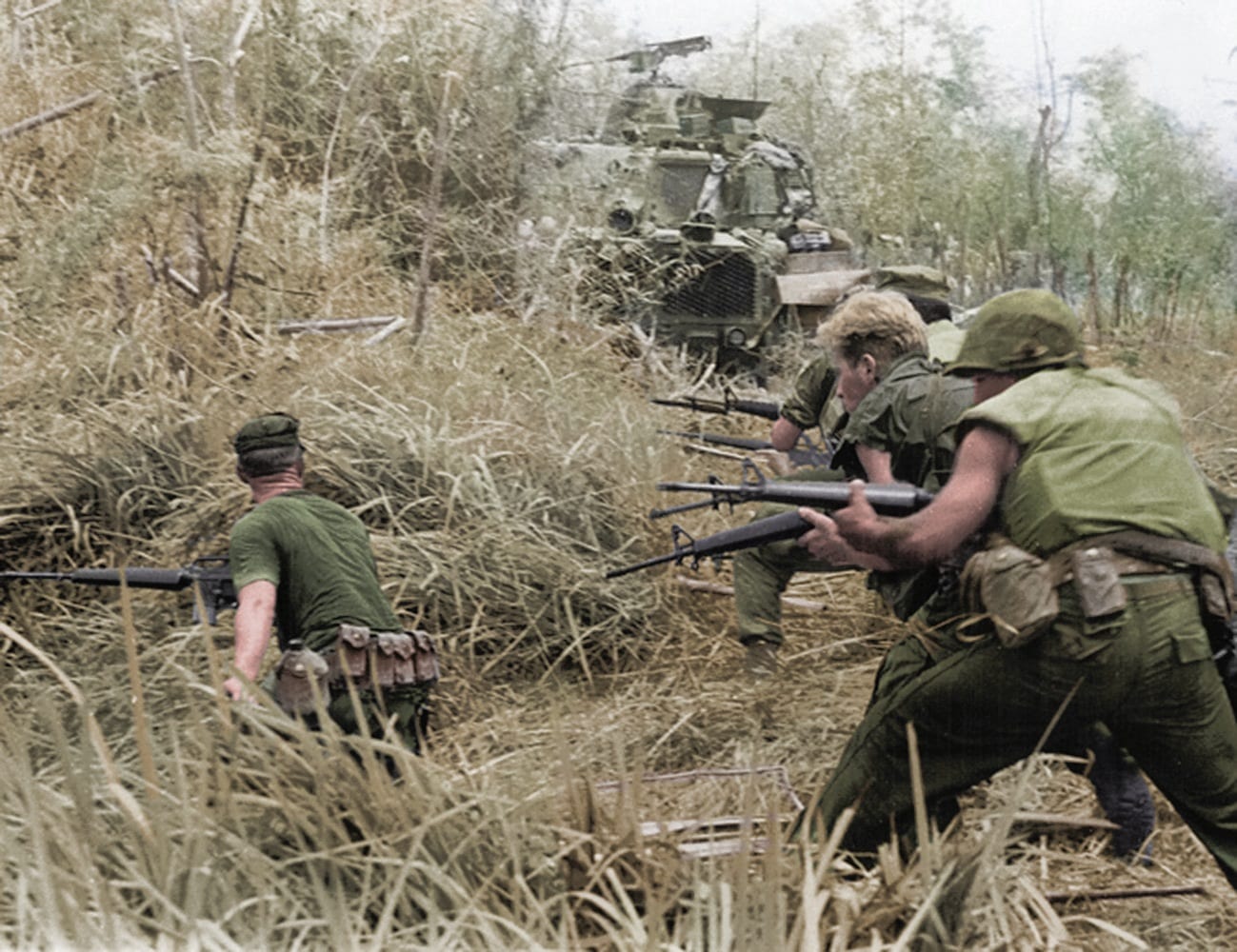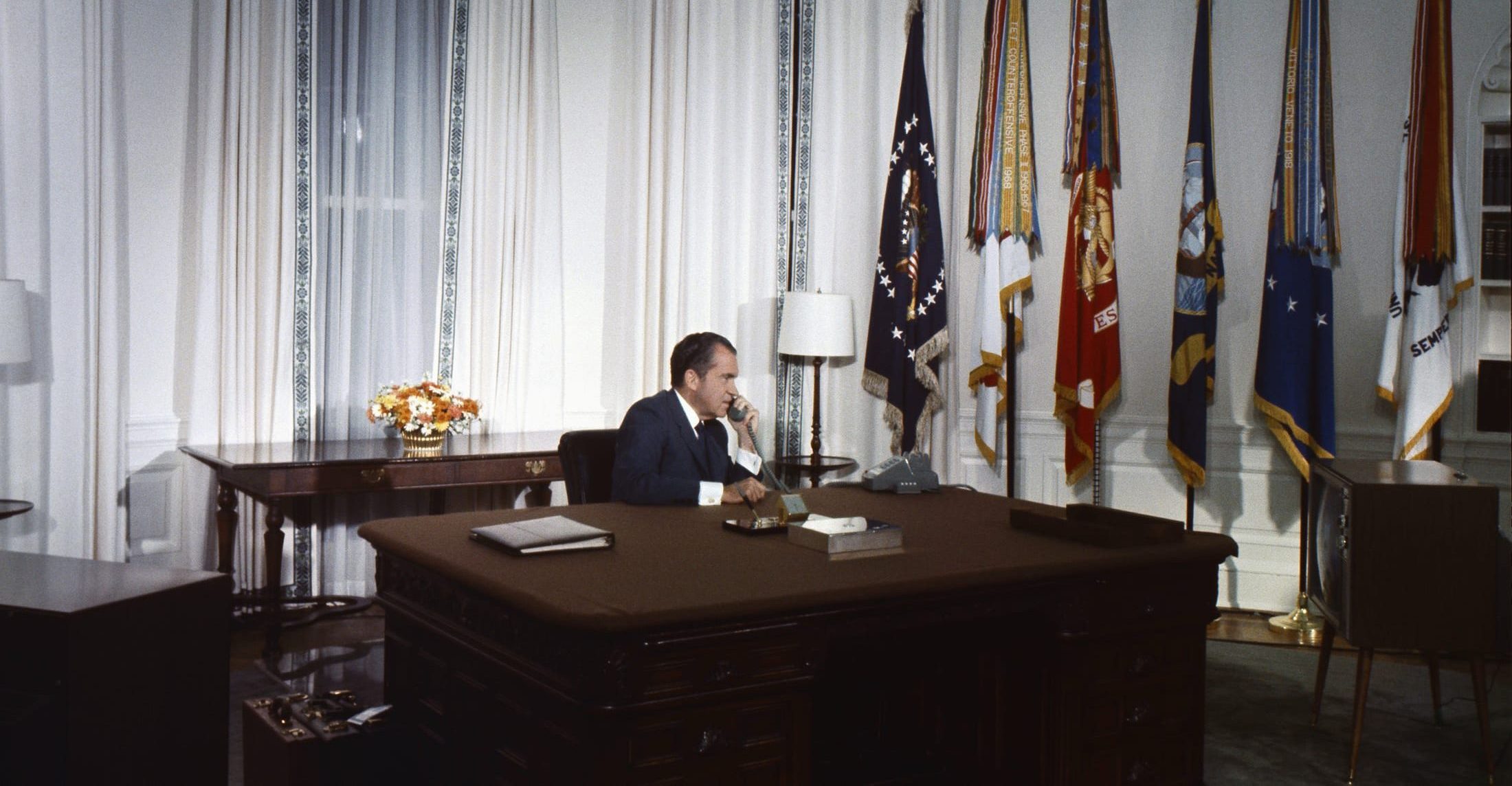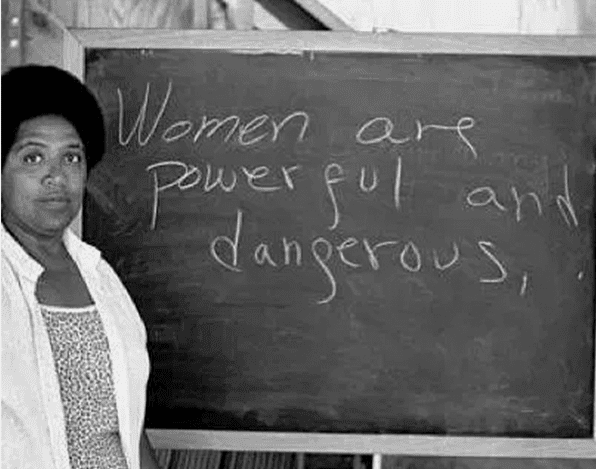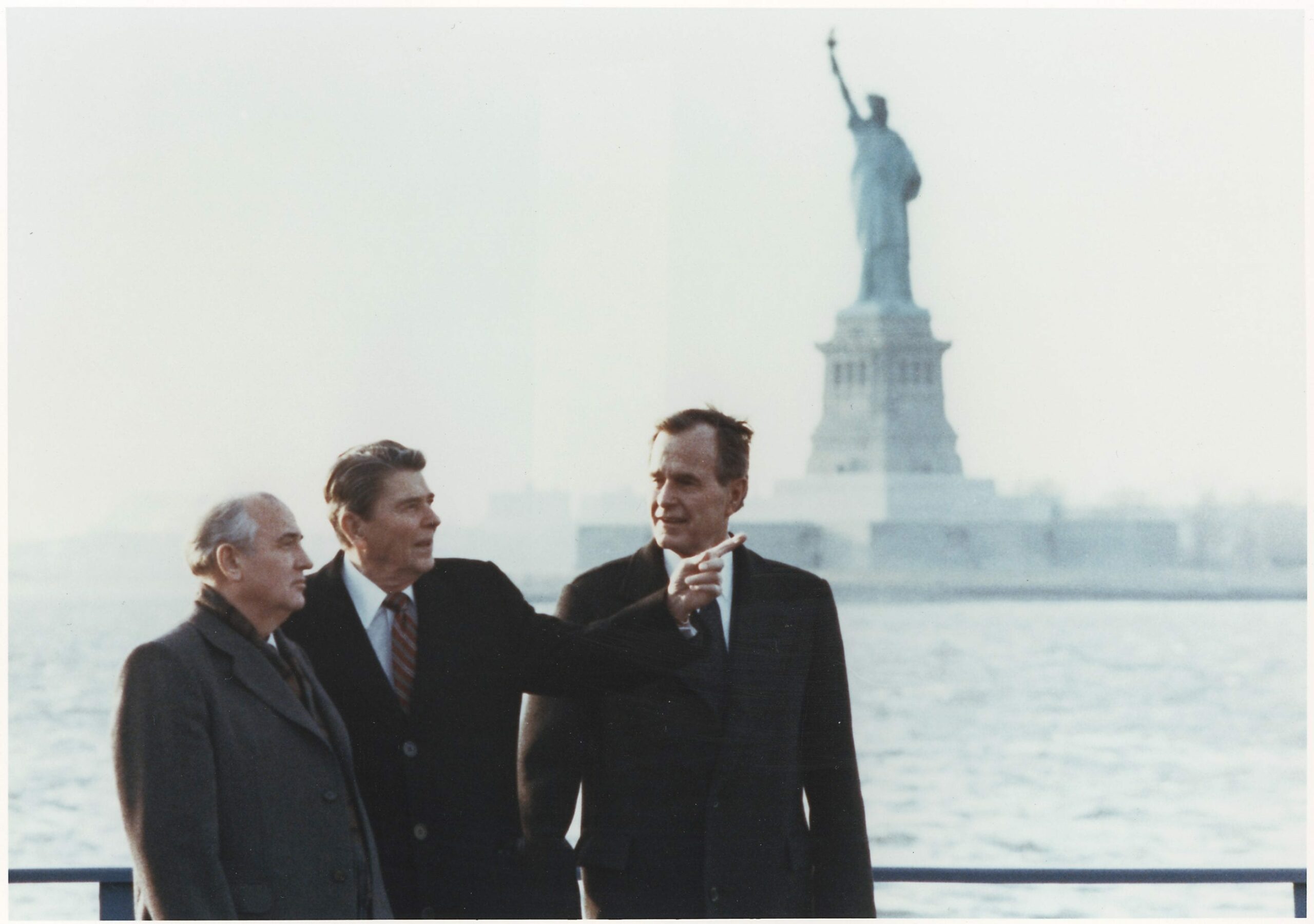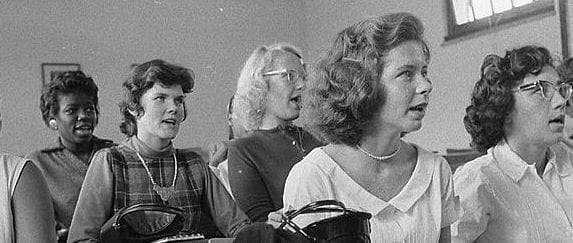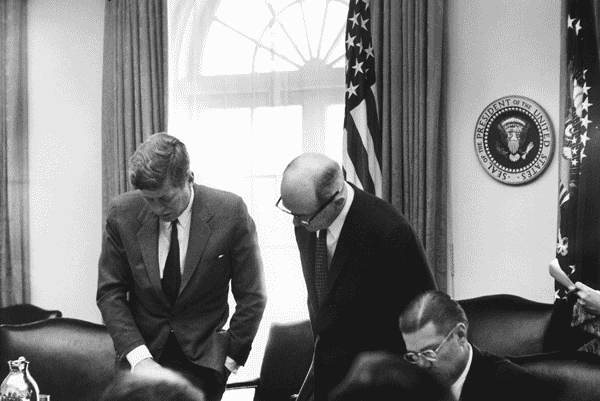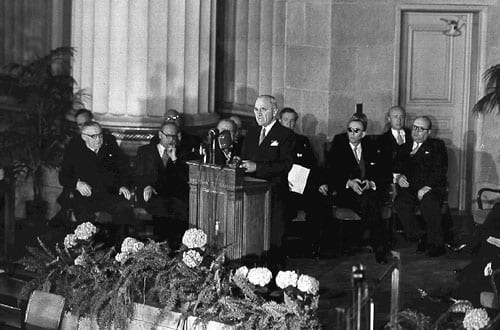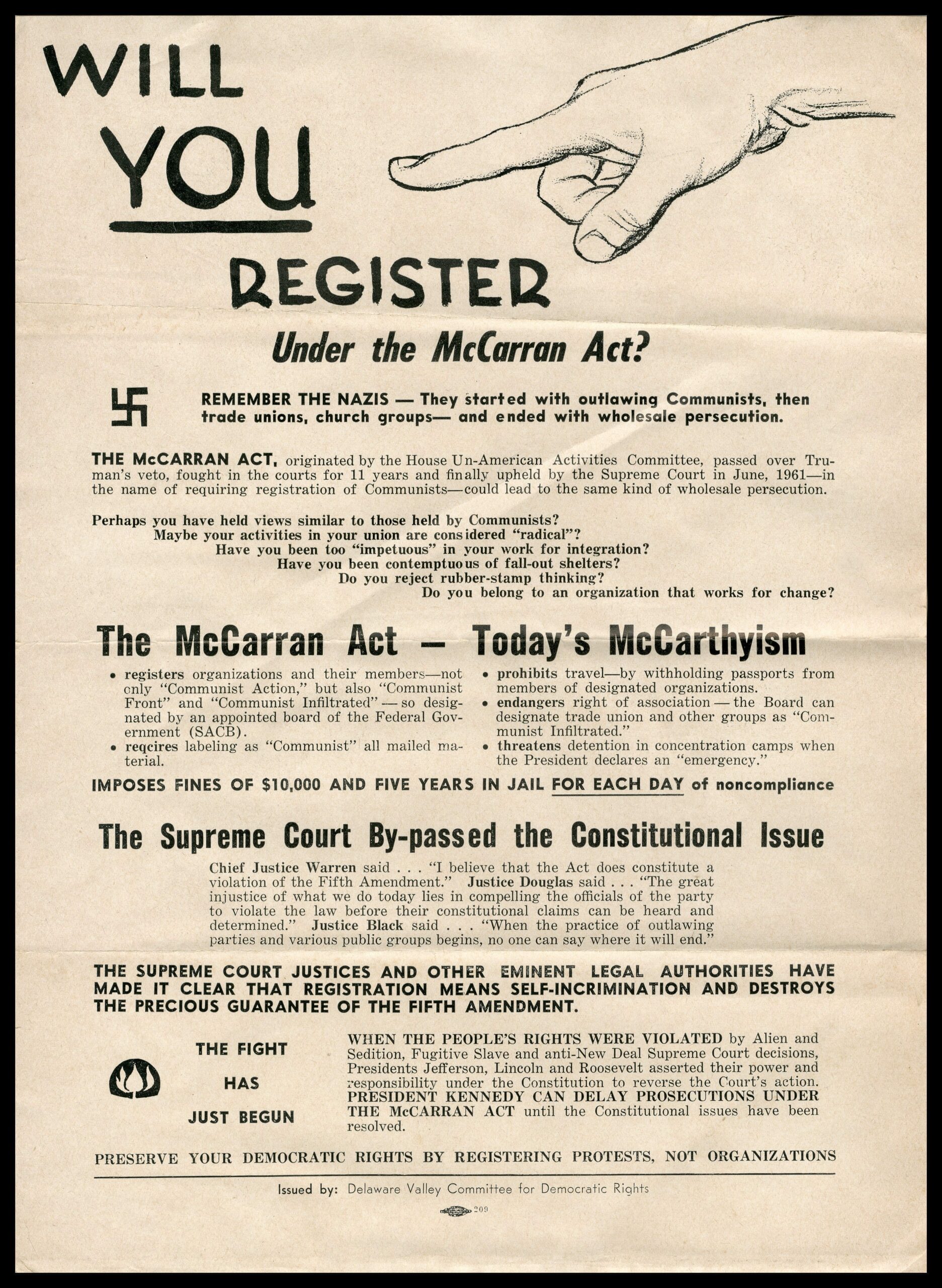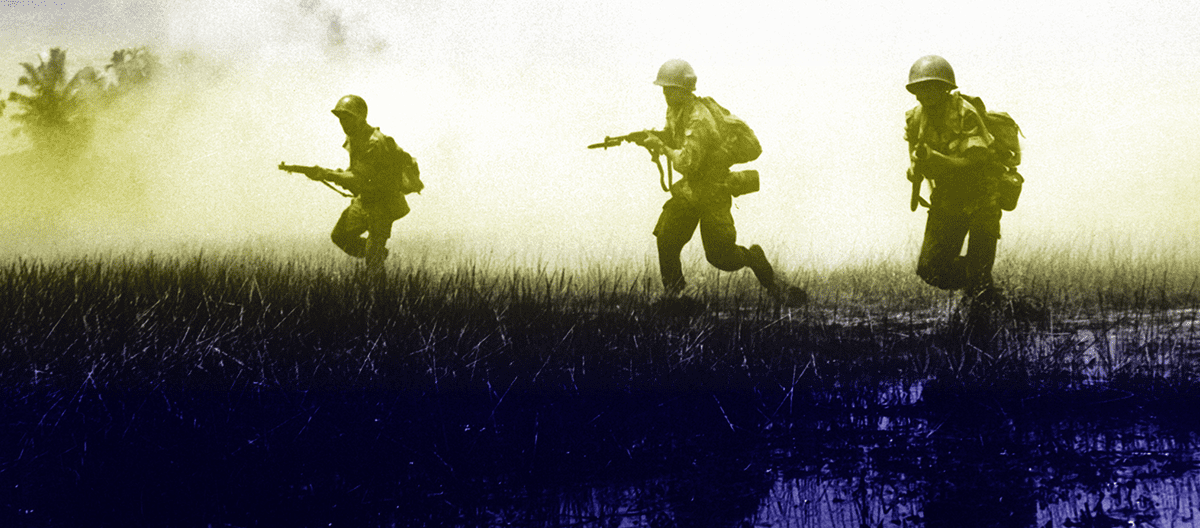


No related resources
Introduction
Discontent with the war in Vietnam led to renewed attention to the question of war powers under the Constitution. In 1973, Congress attempted to clarify the matter and to reclaim a portion of the war power by passing the War Powers Resolution. The War Powers Resolution was meant to force presidents to seek approval for war by requiring them to report activities leading to hostile action and then setting a clock for either congressional approval or the removal of the troops.
Richard Nixon vetoed the Resolution on constitutional and policy grounds. Congress overrode Nixon’s veto, and since then, Presidents of both parties have argued that the Resolution is an unconstitutional derogation of their powers as Commander in Chief. Judged by its own objectives, the War Powers Resolution has not succeeded in returning the war power to Congress. Presidents can do a lot in sixty days, and the Congress has proven to be reluctant to use its funding power to stop military action it has not authorized.
Source: “H.J.Res. 542 — 93rd Congress: War Powers Resolution.” www.GovTrack.us. 1973; https://goo.gl/b7NZwM.
War Powers Resolution, November 7, 1973
PURPOSE AND POLICY
SEC. 2. (a) It is the purpose of this joint resolution to fulfill the intent of the framers of the Constitution of the United States and insure that the collective judgment of both the Congress and the President will apply to the introduction of United States Armed Forces into hostilities, or into situations where imminent involvement in hostilities is clearly indicated by the circumstances, and to the continued use of such forces in hostilities or in such situations.
(b) Under Article I, section 8, of the Constitution, it is specifically provided that the Congress shall have the power to make all laws necessary and proper for carrying into execution, not only its own powers, but also all other powers vested by the Constitution in the Government of the United States, or in any department or officer thereof.
(c) The constitutional powers of the President as Commander-in-Chief to introduce United States Armed Forces into hostilities, or into situations where imminent involvement in hostilities is clearly indicated by the circumstances, are exercised only pursuant to (1) a declaration of war, (2) specific statutory authorization, or (3) a national emergency created by attack upon the United States, its territories or possessions, or its armed forces.
CONSULTATION
SEC. 3. The President in every possible instance shall consult with Congress before introducing United States Armed Forces into hostilities or into situations where imminent involvement in hostilities is clearly indicated by the circumstances, and after every such introduction shall consult regularly with the Congress until United States Armed Forces are no longer engaged in hostilities or have been removed from such situations.
REPORTING
SEC. 4. (a) In the absence of a declaration of war, in any case in
which United States Armed Forces are introduced –
(1) into hostilities or into situations where imminent involvement in hostilities is clearly indicated by the circumstances;
(2) into the territory, airspace or waters of a foreign nation, while equipped for combat, except for deployments which relate solely to supply, replacement, repair, or training of such forces; or
(3) in numbers which substantially enlarge United States Armed Forces equipped for combat already located in a foreign nation;
the President shall submit within 48 hours to the Speaker of the House of Representatives and to the President pro tempore of the Senate a report, in writing, setting forth –
(A) the circumstances necessitating the introduction of United States Armed Forces;
(B) the constitutional and legislative authority under which such introduction took place; and
(C) the estimated scope and duration of the hostilities or involvement.
(b) The President shall provide such other information as the Congress may request in the fulfillment of its constitutional responsibilities with respect to committing the Nation to war and to the use of United States Armed Forces abroad.
(c) Whenever United States Armed Forces are introduced into hostilities or into any situation described in subsection (a) of this section, the President shall, so long as such armed forces continue to be engaged in such hostilities or situation, report to the Congress periodically on the status of such hostilities or situation as well as on the scope and duration of such hostilities or situation, but in no event shall he report to the Congress less often than once every six months.
CONGRESSIONAL ACTION
SEC. 5. (a) Each report submitted pursuant to section 4(a) (1) shall be transmitted to the Speaker of the House of Representatives and to the President pro tempore of the Senate on the same calendar day. Each report so transmitted shall be referred to the Committee on Foreign Affairs of the House of Representatives and to the Committee on Foreign Relations of the Senate for appropriate action. If, when the report is transmitted, the Congress has adjourned sine die[1] or has adjourned for any period in excess of three calendar days, the Speaker of the House of Representatives and the President pro tempore of the Senate, if they deem it advisable (or if petitioned by at least 30 percent of the membership of their respective Houses) shall jointly request the President to convene Congress in order that it may consider the report and take appropriate action pursuant to this section.
(b) Within sixty calendar days after a report is submitted or is required to be submitted pursuant to section 4 (a) (1), whichever is earlier, the President shall terminate any use of United States Armed Forces with respect to which such report was submitted (or required to be submitted), unless the Congress
(1) has declared war or has enacted a specific authorization for such use of United States Armed Forces,
(2) has extended by law such sixty-day period, or
(3) is physically unable to meet as a result of an armed attack upon the United States. Such sixty-day period shall be extended for not more than an additional thirty days if the President determines and certifies to the Congress in writing that unavoidable military necessity respecting the safety of United States Armed Forces requires the continued use of such armed forces in the course of bringing about a prompt removal of such forces.
(c) Notwithstanding subsection (b), at any time that United States Armed Forces are engaged in hostilities outside the territory of the United States, its possessions and territories without a declaration of war or specific statutory authorization, such forces shall be removed by the President if the Congress so directs by concurrent resolution.
CONGRESSIONAL PRIORITY PROCEDURES FOR JOINT RESOLUTION OR BILL
SEC. 6. (a) Any joint resolution or bill introduced pursuant to section 5(b) at least thirty calendar days before the expiration of the sixty-day period specified in such section shall be referred to the Committee on Foreign Affairs of the House of Representatives or the Committee on Foreign Relations of the Senate, as the case may be, and such committee shall report one such joint resolution or bill, together with its recommendations, not later than twenty-four calendar days before the expiration of the sixty-day period specified in such section, unless such House shall otherwise determine by the yeas and nays.
(b) Any joint resolution or bill so reported shall become the pending business of the House in question (in the case of the Senate the time for debate shall be equally divided between the proponents and the opponents), and shall be voted on within three calendar days there-after, unless such House shall otherwise determine by yeas and nays.
(c) Such a joint resolution or bill passed by one House shall be referred to the committee of the other House named in subsection (a) and shall be reported out not later than fourteen calendar days before the expiration of the sixty-day period specified in section 5(b). The joint resolution or bill so reported shall become the pending business of the House in question and shall be voted on within three calendar days after it has been reported, unless such House shall otherwise determine by yeas and nays.
(d) In the case of any disagreement between the two Houses of Congress with respect to a joint resolution or bill passed by both Houses, conferees shall be promptly appointed and the committee of conference shall make and file a report with respect to such resolution or bill not later than four calendar days before the expiration of the sixty-day period specified in section 5(b). In the event the conferees are unable to agree within 48 hours, they shall report back to their respective Houses in disagreement. Notwithstanding any rule in either House concerning the printing of conference reports in the Record or concerning any delay in the consideration of such reports, such report shall be acted on by both Houses not later than the expiration of such sixty-day period.
Richard Nixon’s Veto, October 24, 1973
To the House of Representatives:
I hereby return without my approval House Joint Resolution 543 – the War Powers Resolution. While I am in accord with the desire of the Congress to assert its proper role in the conduct of our foreign affairs, the restrictions which this resolution would impose upon the authority of the President are both unconstitutional and dangerous to the best interests of our Nation.
The proper roles of the Congress and the Executive in the conduct of foreign affairs have been debated since the founding of our country. Only recently, however, has there been a serious challenge to the wisdom of the Founding Fathers in choosing not to draw a precise and detailed line of demarcation between the foreign policy powers of the two branches.
The Founding Fathers understood the impossibility of foreseeing every contingency that might arise in this complex area. They acknowledged the need for flexibility in responding to changing circumstances. They recognized that foreign policy decisions must be made through close cooperation between the two branches and not through rigidly codified procedures.
These principles remain as valid today as they were when our Constitution was written. Yet House Joint Resolution 542 would violate those principles by defining the President’s powers in ways which would strictly limit his constitutional authority.
CLEARLY UNCONSTITUTIONAL
House Joint Resolution 542 would attempt to take away, by a mere legislative act, authorities which the President has properly exercised under the Constitution for almost 200 years. One of its provisions would automatically cut off certain authorities after sixty days unless the Congress extended them. Another would allow the Congress to eliminate certain authorities merely by the passage of a concurrent resolution – an action which does not normally have the force of law, since it denies the President his constitutional role in approving legislation.
I believe that both these provisions are unconstitutional. The only way in which the constitutional powers of a branch of the Government can be altered is by amending the Constitution – and any attempt to make such alterations by legislation alone is clearly without force.
UNDERMINING OUR FOREIGN POLICY
While I firmly believe that a veto of House Joint Resolution 542 is warranted solely on constitutional grounds, I am also deeply disturbed by the practical consequences of this resolution. For it would seriously undermine this Nation’s ability to act decisively and convincingly in times of international crisis. As a result, the confidence of our allies in our ability to assist them could be diminished and the respect of our adversaries for our deterrent posture could decline. A permanent and substantial element of unpredictability would be injected into the world’s assessment of American behavior, further increasing the likelihood of miscalculation and war.
If this resolution had been in operation, America’s effective response to a variety of challenges in recent years would have been vastly complicated or even made impossible. We may well have been unable to respond in the way we did during the Berlin crisis of 1961, the Cuban missile crisis of 1962, the Congo rescue operation in 1964, and the Jordanian crisis of 1970 – to mention just a few examples. In addition, our recent actions to bring about a peaceful settlement of the hostilities in the Middle East would have been seriously impaired if this resolution had been in force.[2]
While all the specific consequences of House Joint Resolution 542 cannot yet be predicted, it is clear that it would undercut the ability of the United States to act as an effective influence for peace. For example, the provision automatically cutting off certain authorities after sixty days unless they are extended by the Congress could work to prolong or intensify a crisis. Until the Congress suspended the deadline, there would be at least a chance of United States withdrawal and an adversary would be tempted therefore to postpone serious negotiations until the sixty days were up. Only after the Congress acted would there be a strong incentive for an adversary to negotiate. In addition, the very existence of a deadline could lead to an escalation of hostilities in order to achieve certain objectives before the sixty days expired.
The measure would jeopardize our role as a force for peace in other ways as well. It would, for example, strike from the President’s hand a wide range of important peace-keeping tools by eliminating his ability to exercise quiet diplomacy backed by subtle shifts in our military deployments. It would also cast into doubt authorities which Presidents have used to undertake certain humanitarian relief missions in conflict areas, to protect fishing boats from seizure, to deal with ship or aircraft hijackings, and to respond to threats of attack. Not the least of the adverse consequences of this resolution would be the prohibition contained in section 8 against fulfilling our obligations under the NATO treaty as ratified by the Senate.[3] Finally, since the bill is somewhat vague as to when the sixty-day rule would apply, it could lead to extreme confusion and dangerous disagreements concerning the prerogatives of the two branches, seriously damaging our ability to respond to international crises.
FAILURE TO REQUIRE POSITIVE CONGRESSIONAL ACTION
I am particularly disturbed by the fact that certain of the President’s constitutional powers as Commander in Chief of the Armed Forces would terminate automatically under this resolution sixty days after they were invoked. No overt Congressional action would be required to cut off these powers – they would disappear automatically unless the Congress extended them. In effect, the Congress is here attempting to increase its policymaking role through a provision which requires it to take absolutely no action at all.
In my view, the proper way for the Congress to make known its will on such foreign policy questions is through a positive action, with full debate on the merits of the issue and with each member taking the responsibility of casting a yes or a no vote after considering those merits. The authorization and appropriations process represents one of the ways in which such influence can be exercised. I do not, however, believe that the Congress can responsibly contribute its considered, collective judgement on such grave questions without full debate and without a yes or no vote. Yet this is precisely what the joint resolution would allow. It would give every future Congress the ability to handcuff every future President merely by doing nothing and sitting still. In my view, one cannot become a responsible partner unless one is prepared to take responsible action.
STRENGTHENING COOPERATION BETWEEN THE CONGRESS AND THE EXECUTIVE BRANCHES
The responsible and effective exercise of the war powers requires the fullest cooperation between the Congress and the Executive and the prudent fulfillment by each branch of its constitutional responsibilities. House Joint Resolution 542 includes certain constructive measures which would foster this process by enhancing the flow of information from the executive branch to the Congress. Section 3, for example, calls for consultations with the Congress before and during the involvement of the United States forces in hostilities abroad. This provision is consistent with the desire of this Administration for regularized consultations with the Congress in an even wider range of circumstances.
I believe that full and cooperative participation in foreign policy matters by both the executive and the legislative branches could be enhanced by a careful and dispassionate study of their constitutional roles. Helpful proposals for such a study have already been made in the Congress. I would welcome the establishment of a non-partisan commission on the constitutional roles of the Congress and the President in the conduct of foreign affairs. This commission could make a thorough review of the principal constitutional issues in Executive-Congressional relations, including the war powers, the international agreement powers, and the question of Executive privilege, and then submit its recommendations to the President and the Congress. The members of such a commission could be drawn from both parties – and could represent many perspectives including those of the Congress, the executive branch, the legal profession, and the academic community.
This Administration is dedicated to strengthening cooperation between the Congress and the President in the conduct of foreign affairs and to preserving the constitutional prerogatives of both branches of our Government. I know that the Congress shares that goal. A commission on the constitutional roles of the Congress and the President would provide a useful opportunity for both branches to work together toward that common objective.
- 1. indefinitely
- 2. Here Nixon gives several types of examples meant to emphasize the structural advantages of the president in dealing with foreign affairs. The Berlin crisis and Cuban missile crisis are examples of a standoff with the Soviet Union. The Congo rescue involved American hostages, and the Jordanian crisis involved a civil war in the Middle East.
- 3. Section 8 included language stipulating that prior treaties could not be read as giving authority to the president for war.
Veto Message to the War Powers Resolution
October 24, 1973
Conversation-based seminars for collegial PD, one-day and multi-day seminars, graduate credit seminars (MA degree), online and in-person.








